When we think of social animals, our minds often jump to dogs wagging their tails at the park or cats rubbing against our legs for attention. Rarely do we consider the complex social behaviors of reptiles, particularly the scaly companions sharing our homes. Yet beneath their seemingly impassive exteriors, pet lizards engage in fascinating social interactions that often go unnoticed by their human caretakers. From subtle head bobs to elaborate territorial displays, these cold-blooded creatures possess rich social lives that deserve our attention and understanding. This article delves into the hidden world of lizard social dynamics, revealing behaviors that challenge our preconceptions about these remarkable reptiles.
The Myth of the “Solitary Reptile”

For decades, the scientific community perpetuated the notion that reptiles, including lizards, were primarily solitary creatures lacking complex social structures. This misconception stemmed from limited observation and anthropocentric bias that failed to recognize non-mammalian forms of socialization. Recent research has thoroughly debunked this myth, revealing that many lizard species demonstrate sophisticated social hierarchies, communication methods, and even forms of social learning. Desert-dwelling species like bearded dragons have been observed sharing burrows and basking spots in the wild, while certain skink species form multi-generational family groups. Understanding that lizards aren’t inherently antisocial has profound implications for how we house and care for our scaled companions in captivity.
Body Language: The Silent Conversation

Lizards communicate primarily through an intricate vocabulary of visual signals that constitutes a sophisticated body language system. Head bobbing serves multiple purposes, from asserting dominance to expressing courtship interest, with the speed and intensity conveying specific meanings that vary among species. Arm waving, particularly common in bearded dragons, often signals submission or recognition of another lizard’s presence in non-threatening contexts. Changes in body coloration can indicate emotional states, with many species displaying darker hues when stressed and brighter patterns during social engagement or mating rituals. Even subtle postures—like the height at which a lizard holds its body off the ground—can communicate important social information about status and intentions to other lizards in the vicinity.
The Social Hierarchy: Who’s In Charge?

Many lizard species establish clear dominance hierarchies that govern their social interactions, creating systems that determine access to resources like food, basking spots, and mating opportunities. These hierarchies aren’t static but dynamic social structures that can shift based on changes in health, age, or environmental conditions. In multi-lizard households, owners often observe “alpha” individuals who claim prime basking areas and feed first, while subordinate lizards develop strategies to access resources without triggering confrontation. Interestingly, dominance isn’t always determined by size alone—factors like age, experience, and individual temperament play significant roles in establishing a lizard’s social position. Understanding these hierarchies helps pet owners better interpret conflicts and unusual behaviors that might otherwise be misattributed to illness or aggression.
Recognition and Memory: Do Lizards Know Their Friends?

Contrary to the outdated belief that reptiles operate solely on instinct, research demonstrates that many lizard species possess impressive recognition abilities and social memory. Studies with leopard geckos reveal they can distinguish between familiar and unfamiliar individuals based on scent alone, often showing preference for lizards they’ve previously had positive interactions with. Bearded dragons have demonstrated recognition of their human caretakers, responding differently to familiar people compared to strangers. This cognitive capacity extends to long-term memory, with some species maintaining social relationships over extended periods—recognizing cage mates even after months of separation. These abilities suggest lizards form mental models of their social environments far more complex than previously thought, challenging us to reconsider their emotional and cognitive capacities.
Territorial Displays: More Than Just Aggression

Territorial behaviors in pet lizards represent sophisticated communication rather than simple aggression, serving crucial social functions within their native ecosystems. These displays—ranging from physical posturing to color changes—establish boundaries while often preventing physical confrontation through ritualized warnings. Male green anoles dramatically extend their dewlaps (throat fans) in vibrant territorial displays that communicate size, strength, and determination to potential rivals. Glass surfing, where a lizard repeatedly rubs against the terrarium glass, sometimes indicates territorial response to reflections they perceive as intruders. Even substrate digging and rearranging decor can represent territorial marking behaviors as lizards attempt to shape their environment to their preferences. Understanding these displays helps owners distinguish between normal territorial behavior and genuine distress requiring intervention.
Social Learning: Copying Behaviors and Problem Solving

The capacity for social learning—acquiring behaviors by observing others—was long considered exclusive to mammals and birds, but research has uncovered this ability in multiple lizard species. Bearded dragons have demonstrated social learning in laboratory settings, successfully mimicking demonstrations of how to open simple puzzle boxes after watching conspecifics complete the task. Young lizards frequently learn important survival behaviors by observing adults, including predator recognition, food selection, and thermoregulation strategies. In multi-lizard households, owners often report “copycat” behaviors where less experienced individuals adopt the habits of older, more established lizards. This capacity for observational learning has significant implications for enrichment strategies in captivity, suggesting benefits to occasional supervised social interaction even for primarily solitary species.
Cohabitation: When Lizards Live Together

The question of whether pet lizards should be housed together remains complex and highly species-dependent, requiring careful consideration of natural behaviors and individual temperaments. Some species, like certain geckos and skinks, naturally form small social groups in the wild and may benefit from appropriate companionship in captivity. Others, particularly territorial species like male iguanas or chameleons, typically require solitary housing to prevent stress and aggression. Even naturally social species require specific enclosure considerations—including multiple basking spots, hiding places, and feeding stations—to minimize resource competition. Size and sex composition dramatically impact cohabitation success, with same-sex groups of certain species often developing intense rivalries while mixed-sex arrangements may lead to unwanted breeding or harassment. Responsible owners must research their specific species’ social needs rather than applying general reptile housing rules.
Cross-Species Socialization: Lizards and Other Pets

Interactions between pet lizards and other household animals present both intriguing possibilities and significant risks that require careful management. While social media showcases apparent friendships between bearded dragons and cats or dogs, these relationships must be approached with extreme caution due to predatory instincts that can activate unpredictably. Some lizard species show remarkable adaptability in cross-species contexts—bearded dragons, in particular, often demonstrate tolerance of gentle handling and interaction with humans and sometimes other pets. However, the stress of interacting with natural predators can compromise a reptile’s immune system even without physical injury occurring. Multi-pet households should prioritize supervised, limited interactions with clear escape options for the lizard, recognizing that what appears to be interspecies “friendship” may still involve significant stress for the reptile participant.
Communication with Humans: Building Interspecies Bonds

The relationships between pet lizards and their human caretakers represent fascinating examples of interspecies communication that evolve over time through consistent interaction. Many experienced lizard owners report their pets recognize them individually, responding differently to their presence compared to strangers through behavioral changes like approaching the glass, tongue flicking, or head bobbing. Regular, gentle handling establishes trust with species amenable to interaction, though the definition of “trust” differs significantly from mammalian pets—for lizards, it primarily means recognizing humans don’t represent predatory threats. Some highly intelligent species like tegus and monitors develop remarkably responsive relationships with their keepers, approaching when called and seeking interaction through nudging or climbing behaviors. The key to meaningful human-lizard bonds lies in understanding and respecting their communication methods rather than expecting them to adapt to human social expectations.
Social Stress: Recognizing When Something’s Wrong

Social stress in captive lizards manifests through specific behavioral and physical signs that attentive owners can learn to recognize before serious health complications develop. Excessive hiding, reduced appetite, and defensive posturing often indicate a lizard feels socially threatened by cagemates or even by its reflection in terrarium glass. Physical symptoms including darkened coloration, stress marks (particularly visible in bearded dragons as dark lines on their bellies), and rapid weight loss suggest chronic social stress requiring immediate intervention. Even changes in defecation habits can signal social distress, with some lizards defecating more frequently when anxious or establishing territory. The social needs of reptiles differ dramatically between species—what constitutes healthy interaction for one species may create unbearable stress for another, highlighting the importance of species-specific knowledge rather than general reptile care principles.
Enrichment for Social Needs: Beyond the Basics

Meeting the social needs of pet lizards requires thoughtful environmental enrichment that goes beyond basic habitat requirements to provide appropriate stimulation. For naturally social species, supervised interaction with conspecifics can provide valuable mental stimulation, though this must be carefully managed to prevent conflict or disease transmission. Strategic placement of mirrors can benefit some species by simulating social interaction, though this technique must be used cautiously as some individuals may experience stress from perceived territorial intrusion. Puzzle feeders that require problem-solving stimulate cognitive abilities while simulating natural foraging behaviors that often have social components in the wild. Even scent enrichment—safely introducing novel but non-threatening smells to the environment—can provide social stimulation by engaging chemosensory systems lizards use for recognition and communication. The most successful enrichment strategies account for species-specific social structures, providing appropriate challenges without creating undue stress.
The Future of Lizard Social Research

The study of reptile cognition and social behavior represents one of the most rapidly evolving areas in animal behavior research, challenging long-held assumptions about “primitive” reptilian brains. Advanced research techniques including non-invasive brain imaging and automated behavior tracking are revealing neural mechanisms behind lizard social recognition that parallel mammalian systems in surprising ways. Citizen science projects involving pet owners documenting natural behaviors in captivity provide valuable complementary data to controlled laboratory studies, capturing spontaneous interactions difficult to replicate in research settings. Understanding lizard sociality has practical applications beyond academic interest—improving captive welfare standards, conservation breeding programs, and even therapeutic applications where reptiles serve as emotional support animals. As this research field expands, we can expect dramatic revisions to care guidelines that better accommodate the sophisticated social needs of these remarkable reptiles.
Conclusion: Redefining Our Understanding

The secret social lives of pet lizards reveal a world far more complex than traditionally acknowledged, challenging us to expand our understanding of what constitutes meaningful social interaction beyond mammalian norms. By recognizing the sophisticated body language, recognition abilities, and social structures of these animals, we gain not only a deeper appreciation for their cognitive capabilities but also the tools to provide more fulfilling captive environments. While lizards may not seek affection in ways immediately recognizable to us as humans, their social behaviors represent equally valid forms of connection adapted to their evolutionary history and ecological niches. As research continues to illuminate the rich social lives of these remarkable reptiles, responsible pet ownership increasingly means accommodating not just their physical needs but their social requirements as well. Our scaled companions may communicate differently, but their social worlds are no less significant for their silence.

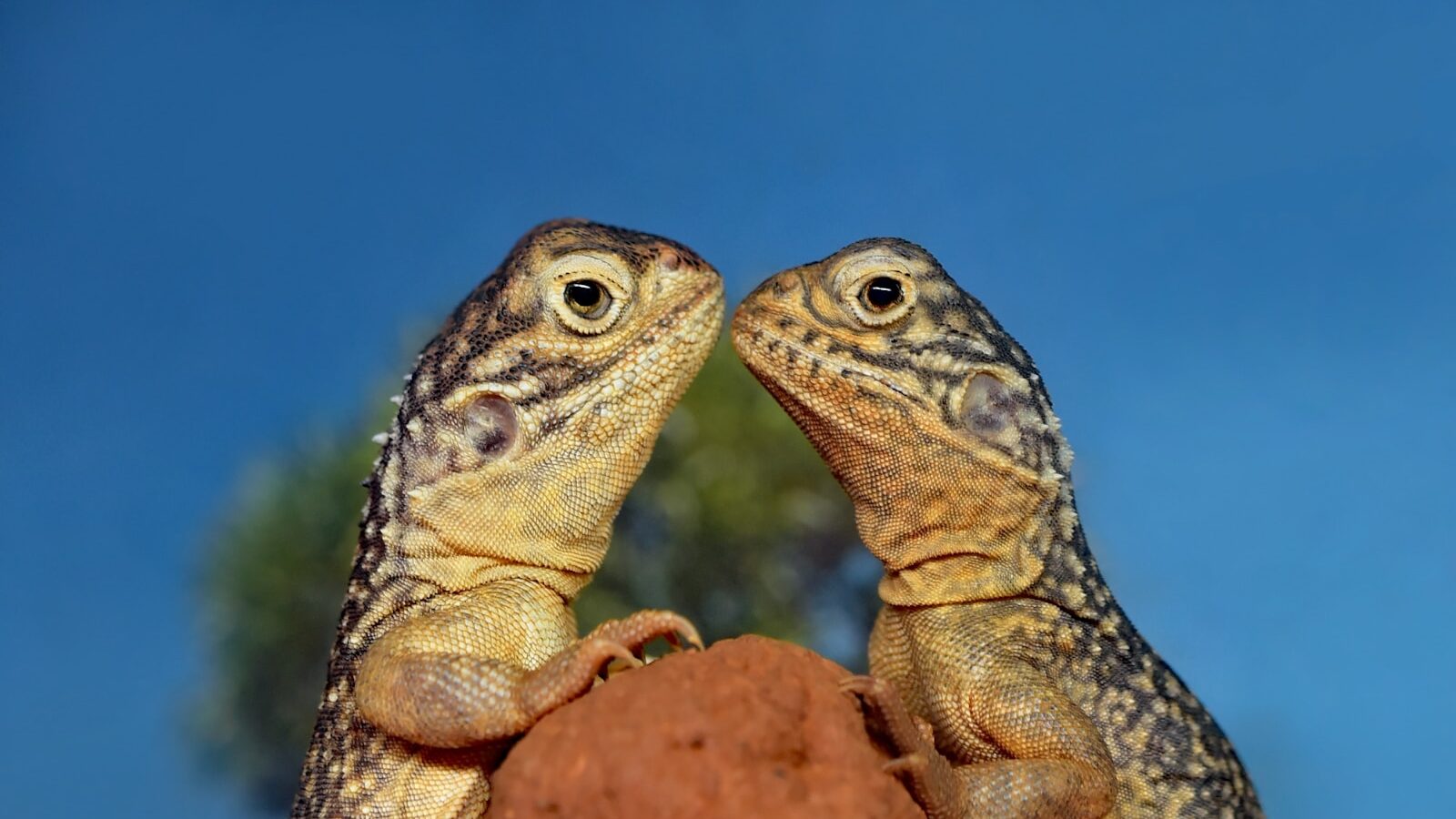
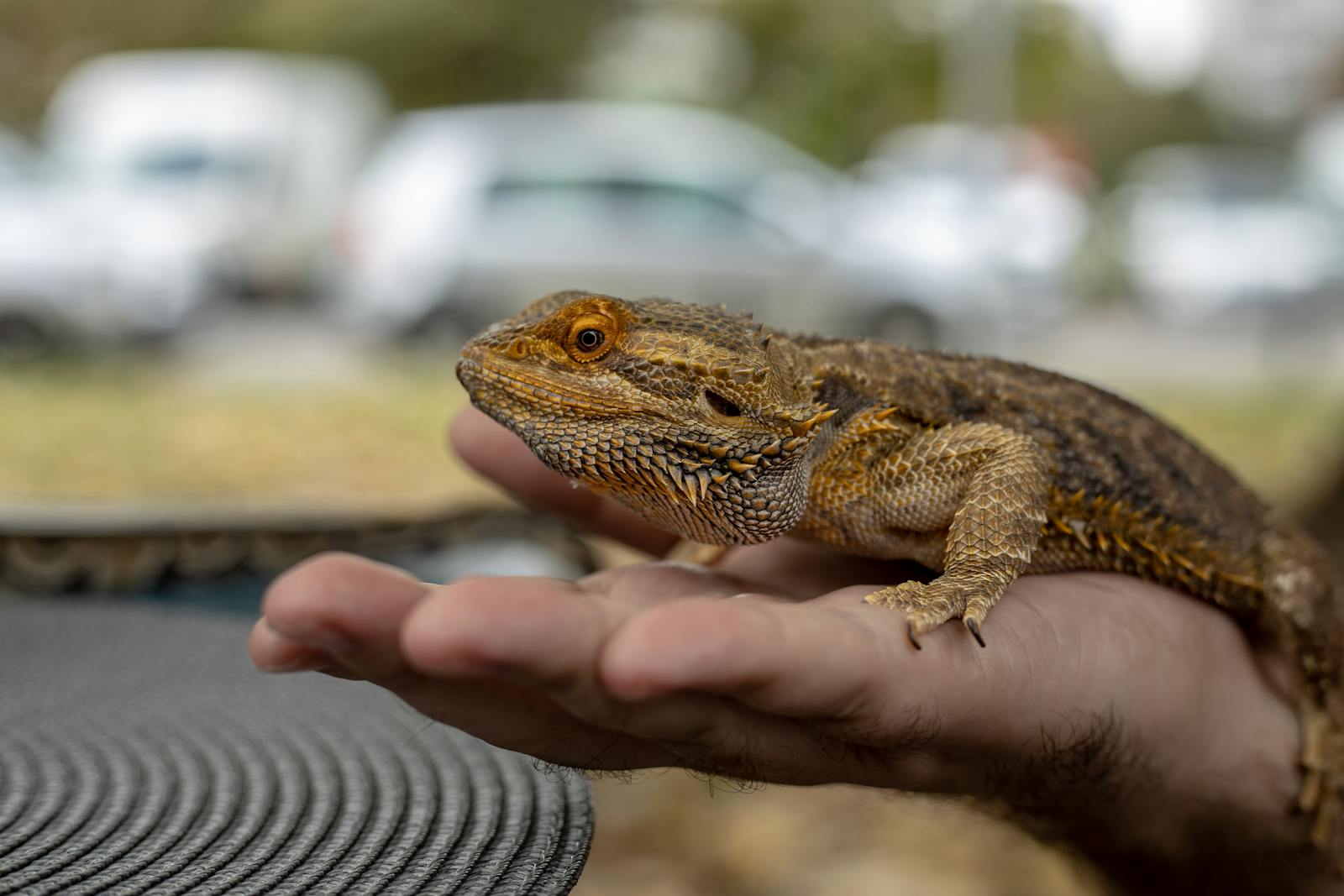
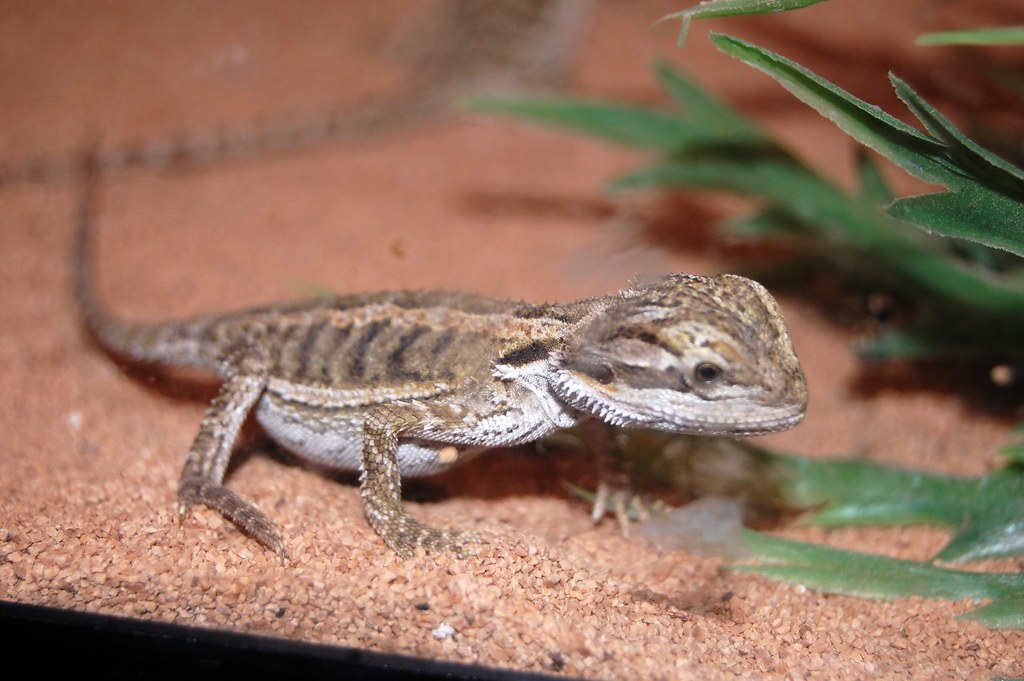
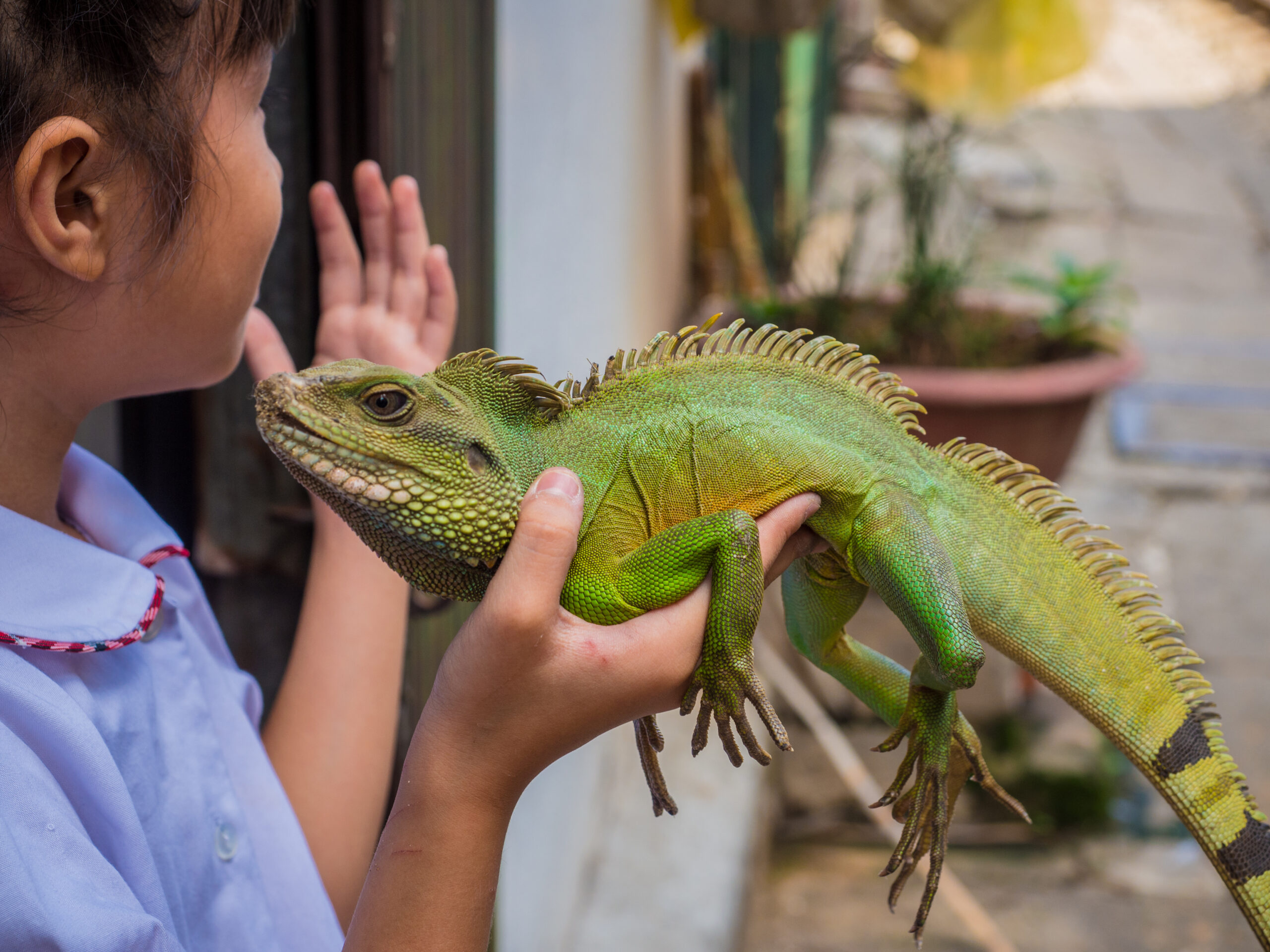

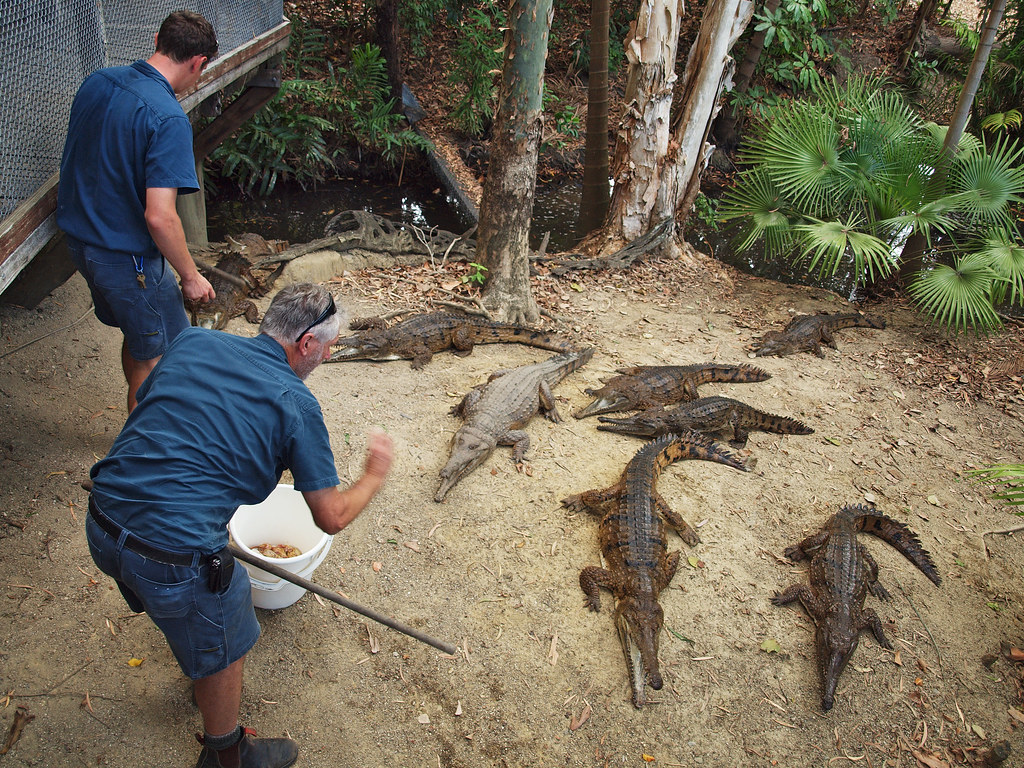
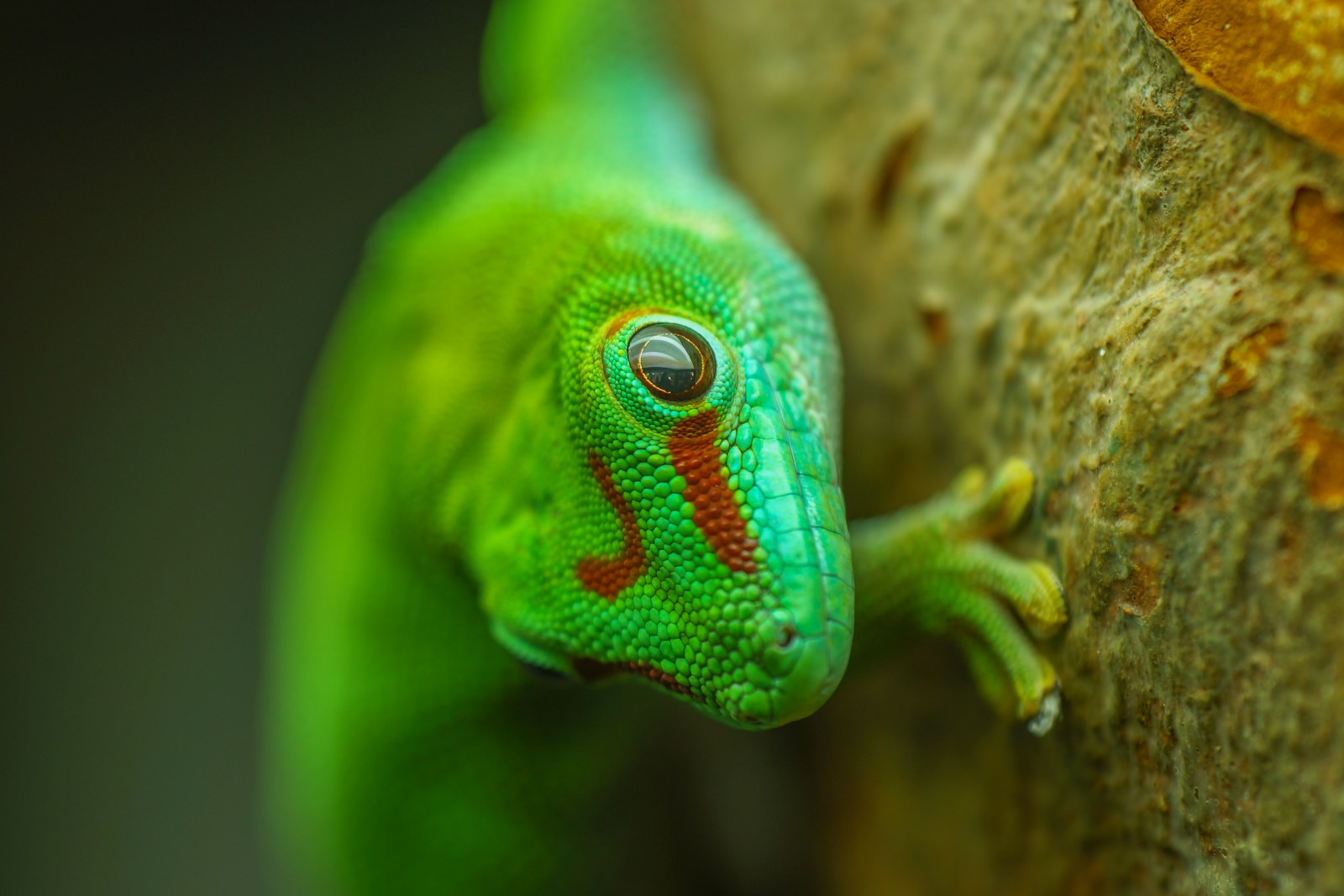
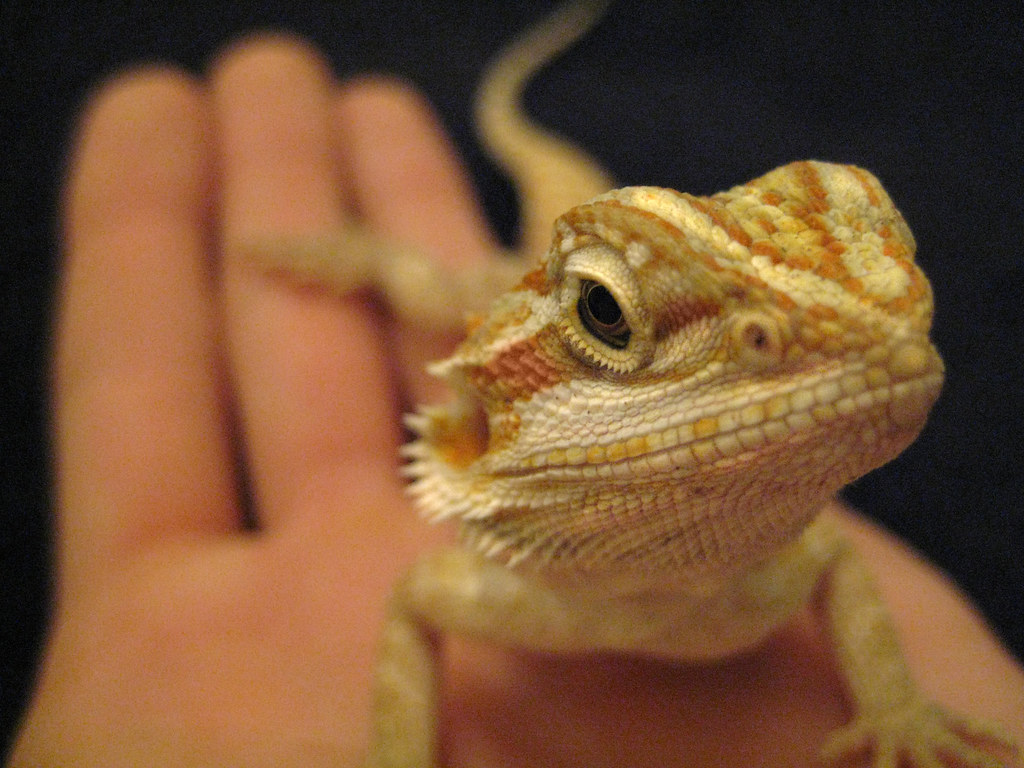
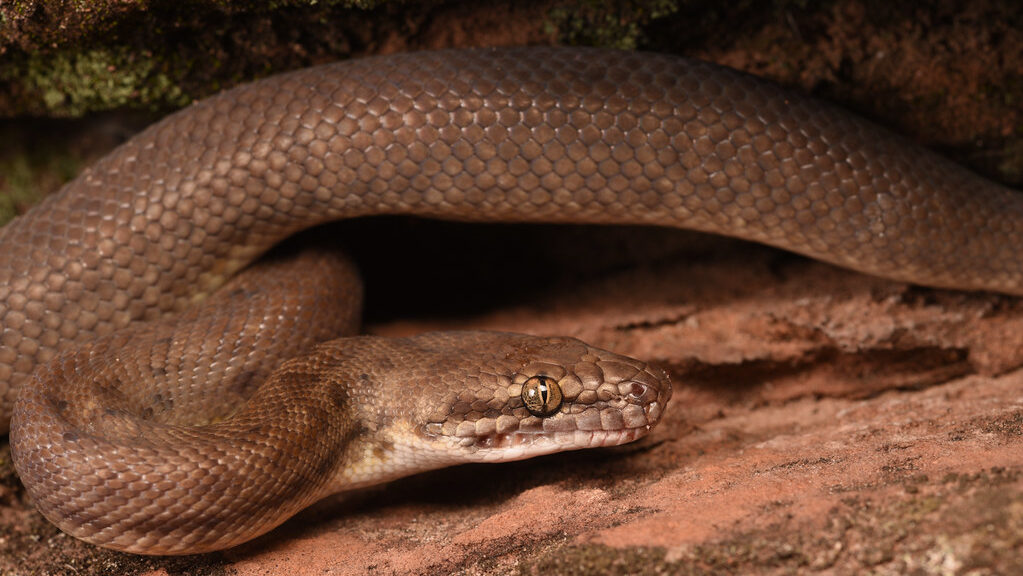
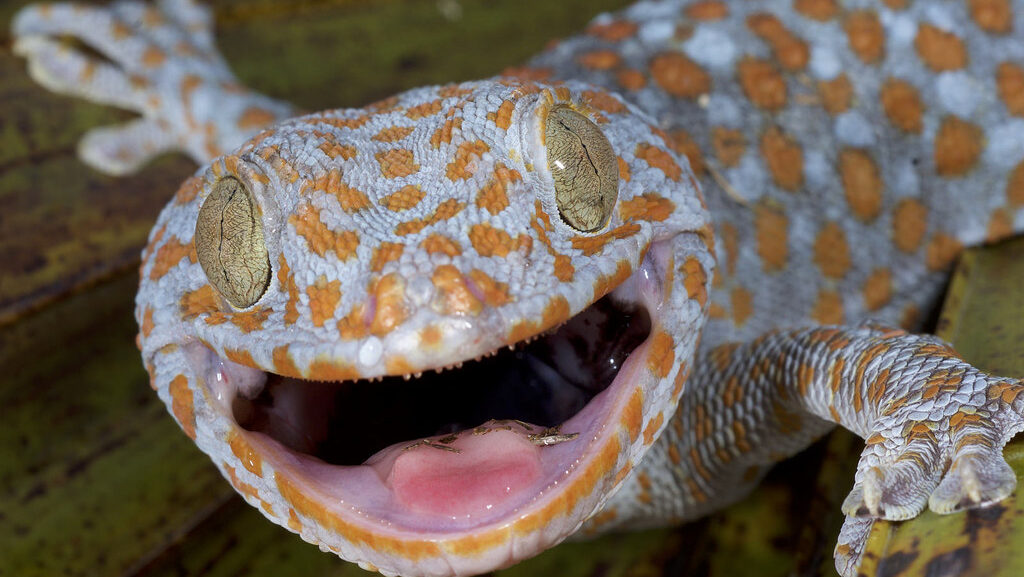
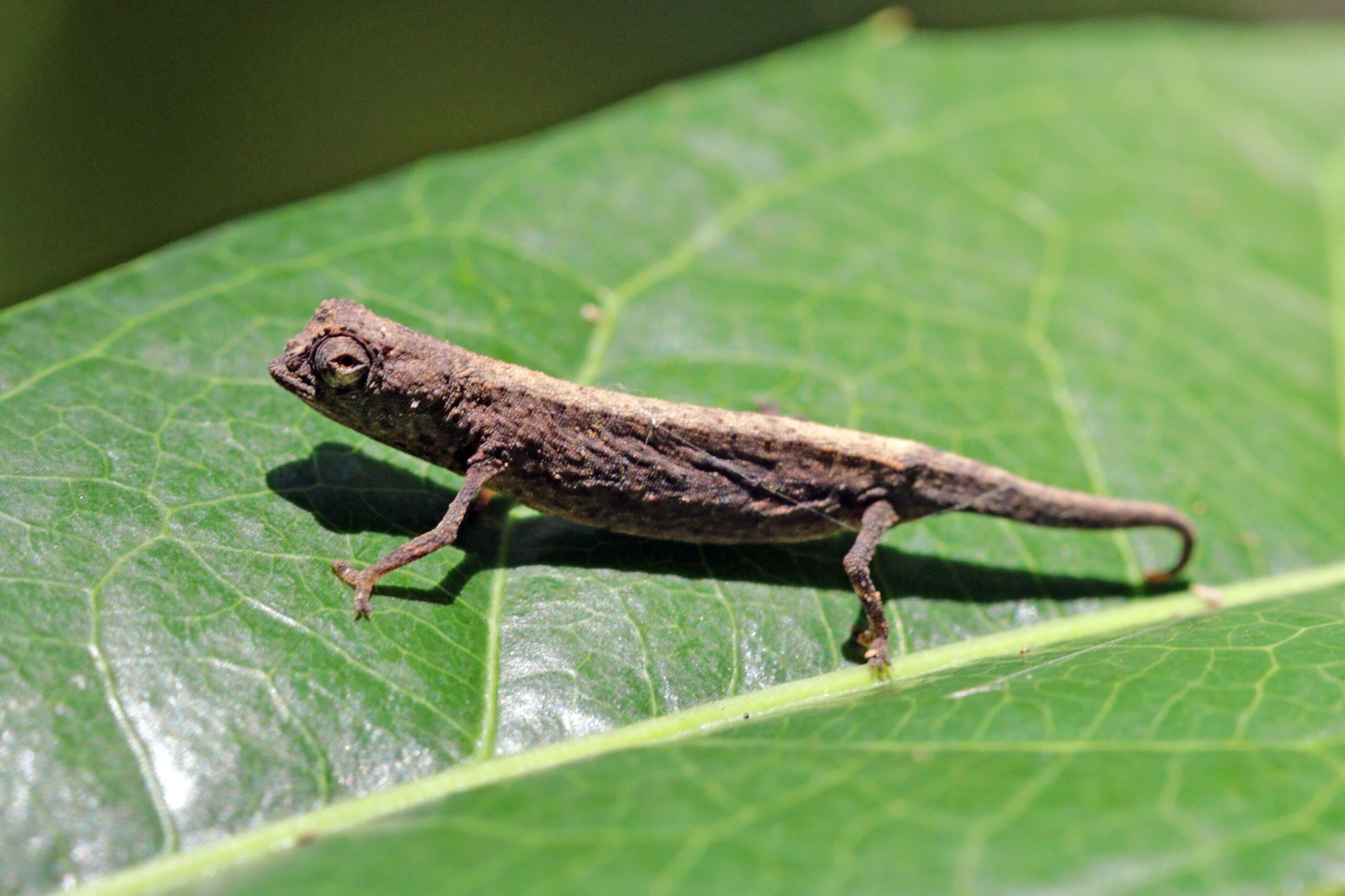




Leave a Reply